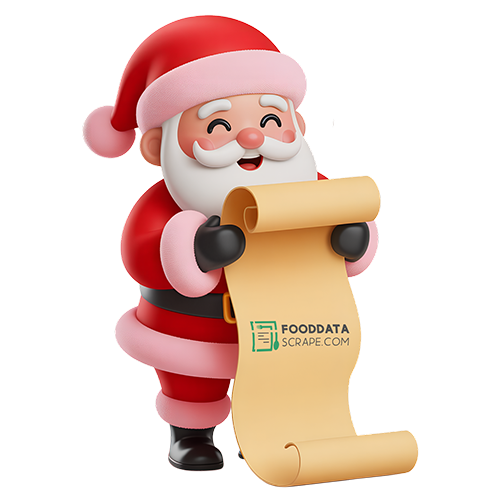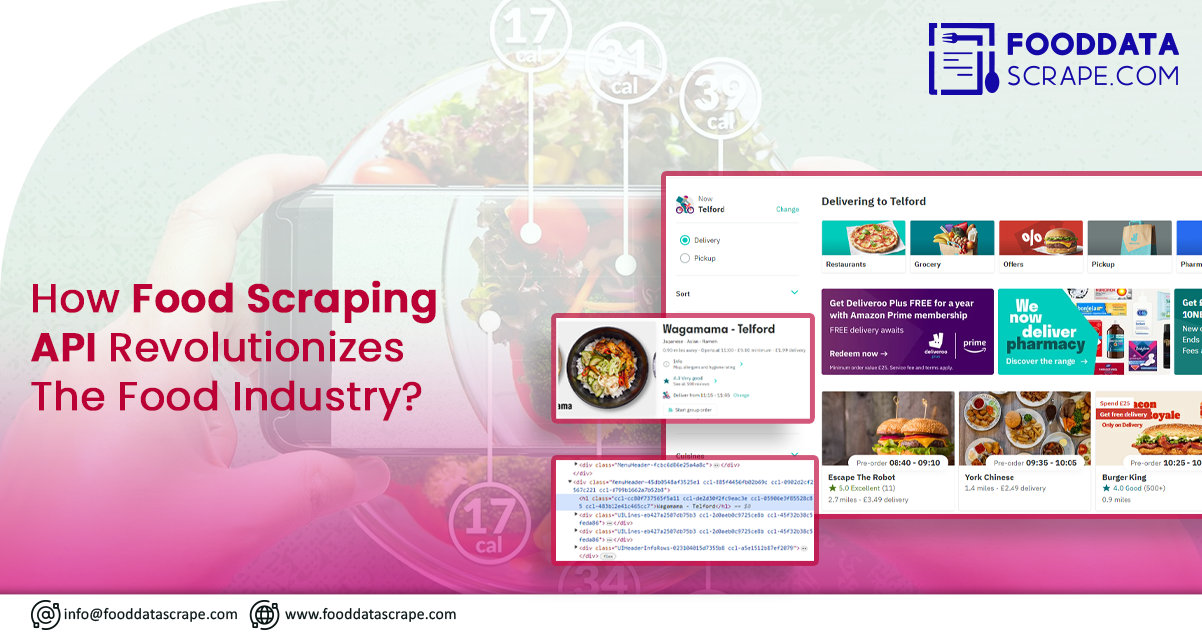Food Scraping API is a game-changing tool for food enthusiasts, chefs, and businesses in the culinary world. This API can provide easy access to a treasure trove of food-related data, from recipes and ingredient lists to nutritional information and cooking tips. Whether you're a home cook looking for inspiration, a professional chef seeking to streamline your menu planning, or a food-related business aiming to stay competitive, the Food Scraping API is your gateway to a world of culinary possibilities. Let's explore how this API can revolutionize your approach to food in exciting and innovative ways.
List of Data Fields
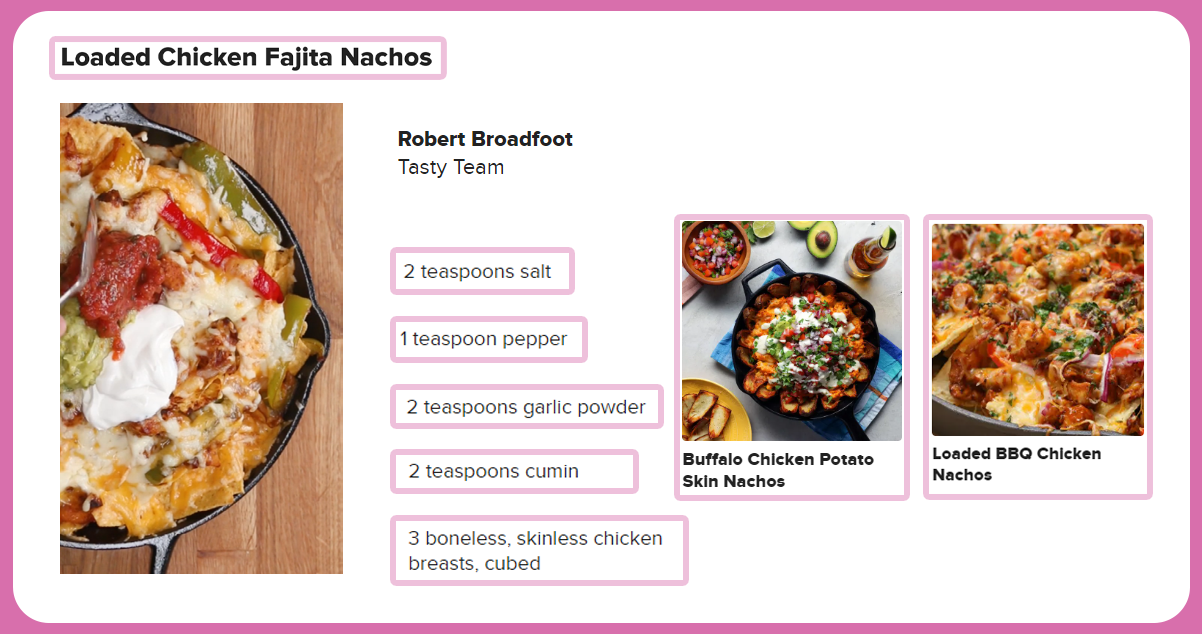
- Recipes
- Ingredient Lists
- Nutritional Information
- Cuisine Type
- Cooking Time
- Cooking Tips
- Dish Ratings
- Reviews
- Restaurant Menus
- Food Images
- Dietary Information
- Food Allergen Information
- Ingredient Prices
Overview of Food Scraping API
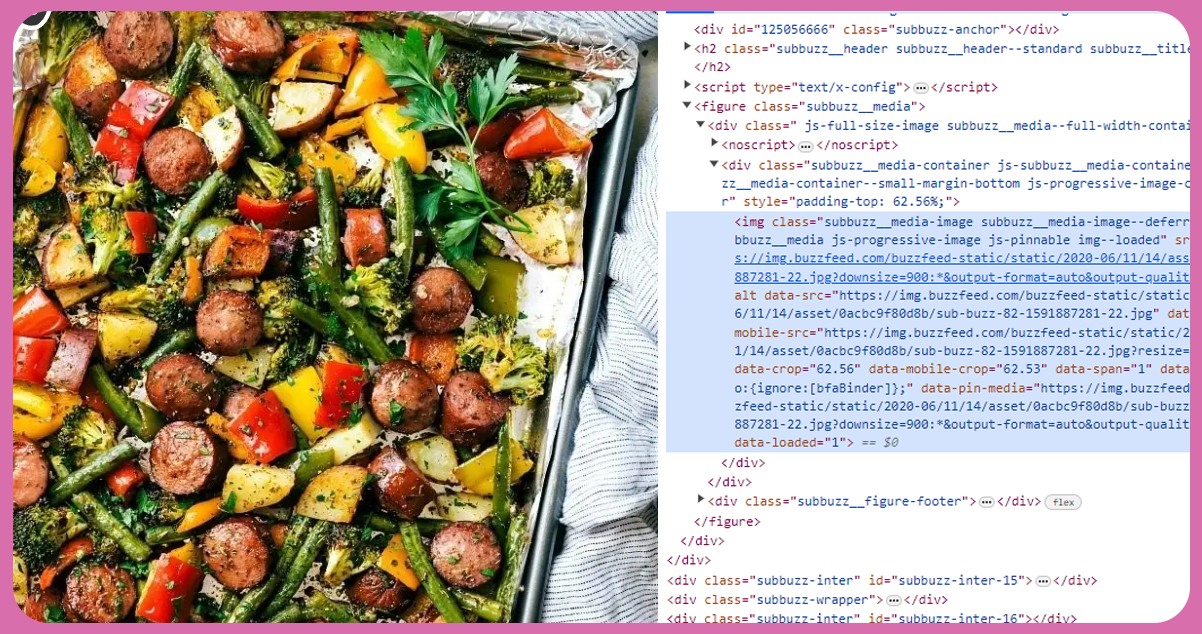
A Food Scraping API is a specialized tool that provides users with the capability to extract a wealth of food-related data from a variety of online sources, including recipe websites, food blogs, restaurant listings, and more. These APIs can meet the needs of individuals, chefs, food enthusiasts, and businesses within the culinary and hospitality industries. They empower users to access a diverse range of culinary information, such as recipes, ingredient lists, nutritional details, cooking tips, restaurant menus, and user-generated reviews. This data can be invaluable for meal planning, recipe development, menu optimization, dietary analysis, and market research. Food data scraping streamlines the data collection process, offering a convenient and efficient means to access and utilize culinary insights, ultimately enhancing the culinary experience and enabling businesses to make data-driven decisions in the ever-evolving world of food and dining.
Key Features of Food Scraping API
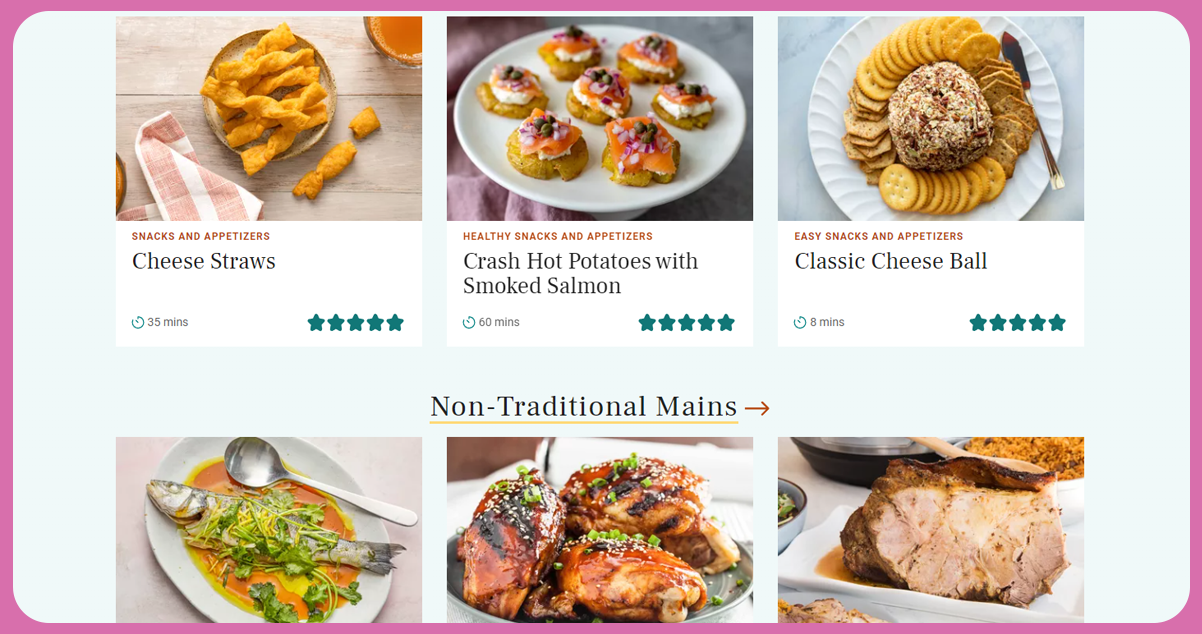
- Data Extraction: The API is capable of accessing and collecting data from a wide range of online sources, including websites that feature food-related content, recipe databases, restaurant listings, and other culinary resources. It does so by scanning web pages, extracting the HTML content, and parsing the relevant data for various applications.
- Recipe Information: Scrape food delivery data to get comprehensive information about recipes, covering everything from the list of ingredients and their quantities to the step-by-step preparation instructions. Users can access serving sizes and dietary classifications (e.g., vegetarian, gluten-free) to cater to specific culinary preferences.
- Nutritional Data: Scrape Restaurant API Data to retrieve vital nutritional information for recipes. It includes calorie counts, macronutrients (carbohydrates, fats, proteins), and micronutrients. This data is essential for individuals looking to make informed dietary choices or businesses aiming to provide accurate nutritional information to customers.
- Cuisine and Dietary Filters: Users can apply filters to the scraped data, allowing them to narrow down their search based on specific criteria. For instance, they can filter recipes by cuisine type, such as Italian, Mexican, or Asian. Moreover, dietary preferences like vegan, gluten-free, or keto can also ensure that the content aligns with specific dietary needs.
- Cooking Tips: This feature provides users with practical guidance and tips related to cooking techniques and food preparation. It can offer advice on various aspects of cooking, such as proper knife skills, cooking temperatures, and time-saving tricks to help users improve their culinary skills.
- Restaurant Menu Details: For the hospitality industry, the restaurant data scraper can scrape restaurant menu data. It includes information about the dishes offered, their prices, and their availability. This feature is invaluable for restaurants, enabling them to keep their online menus updated and accurate.
- User Reviews: Accessing user-generated content, the API can retrieve ratings, reviews, and comments associated with recipes and restaurant listings. This user feedback provides insights into the popularity of certain dishes, dining experiences, and the overall reputation of restaurants. Users can make more informed choices based on the feedback of others.
- Image Retrieval: This feature lets users obtain food-related images associated with recipes, ingredients, or restaurant dishes. Visuals are a crucial aspect of the culinary experience, and these images enhance the presentation and visual appeal of the culinary content. Individuals or businesses need to showcase their food offerings online.
How to Collect Real-Time Food Delivery Data with Food Scraping API
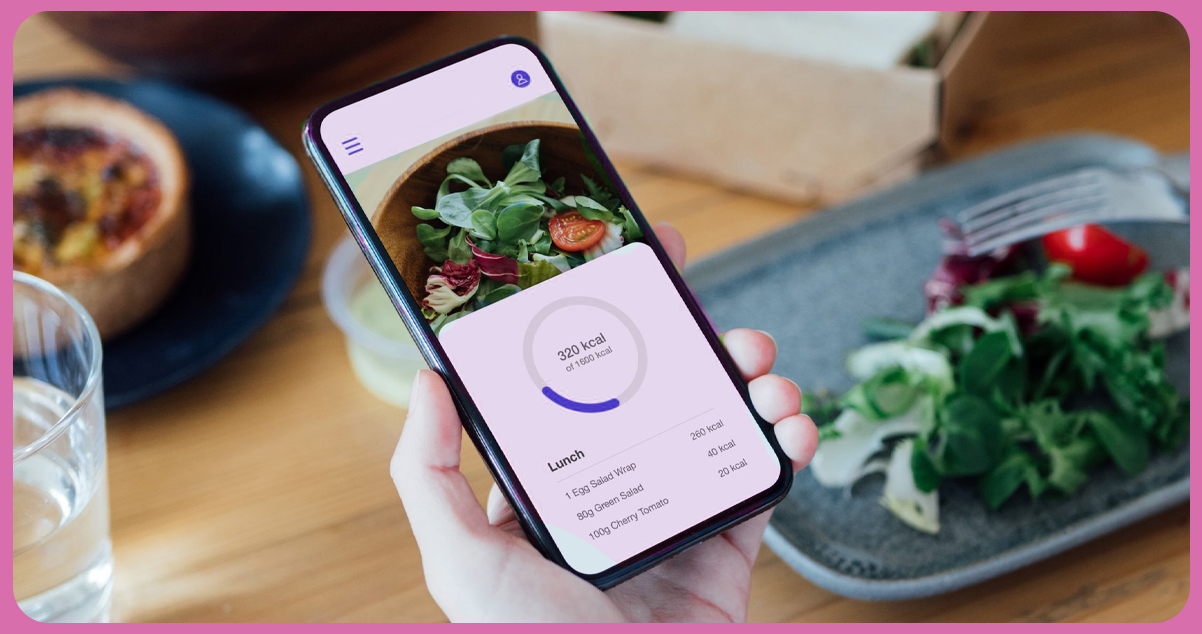
Collecting real-time food delivery data using a Food data scraper involves several steps:
Select a Food Scraping API: Choose a reliable one that suits your data collection needs. Ensure that it provides the features required to access real-time food delivery information from the specific sources you are interested in.
Define Data Sources: Identify the online platforms or sources where the real-time food delivery data is available. Familiar sources may include food delivery apps, restaurant websites, or third-party aggregators like Uber Eats, GrubHub, DoorDash, or Postmates.
API Configuration: Set up the Food Scraping API to target the chosen data sources. Configure the API to collect real-time data, specifying the information you want to extract. It may include restaurant menus, delivery times, pricing, and availability.
Scheduling: Depending on the API's capabilities, you can schedule data extraction regularly to maintain real-time updates. Perform it hourly, daily, or frequently to keep the data fresh.
Data Extraction: The API will initiate data scraping from the selected sources according to your configuration. It will access the web, collect the required data, and return it in a structured format helpful for analysis or display.
Data Storage: Store the scraped data in a secure database or cloud storage to ensure its accessibility and preservation. Keep real-time data up to date and readily available for use.
Data Analysis: Utilize the collected real-time data for analysis, reporting, or visualization. You can use this information to track restaurant availability, delivery times, popular dishes, pricing trends, and more.
Integration: If you are building an application or service that relies on real-time food delivery data, integrate the API into your software to automate data collection and processing.
Monitoring: Continuously monitor the API's performance to ensure that it is consistently retrieving real-time data. Set up alerts for any issues or anomalies in the data collection process.
Compliance and Ethics: Ensure that your data scraping practices comply with the terms of service of the websites or platforms from which you collect data. Respect their robots.txt files and follow ethical scraping practices.
Data Visualization: Consider using data visualization tools to present real-time food delivery data in a user-friendly and informative manner, making it accessible and actionable for your intended audience.
Why Scrape Food Delivery Data?
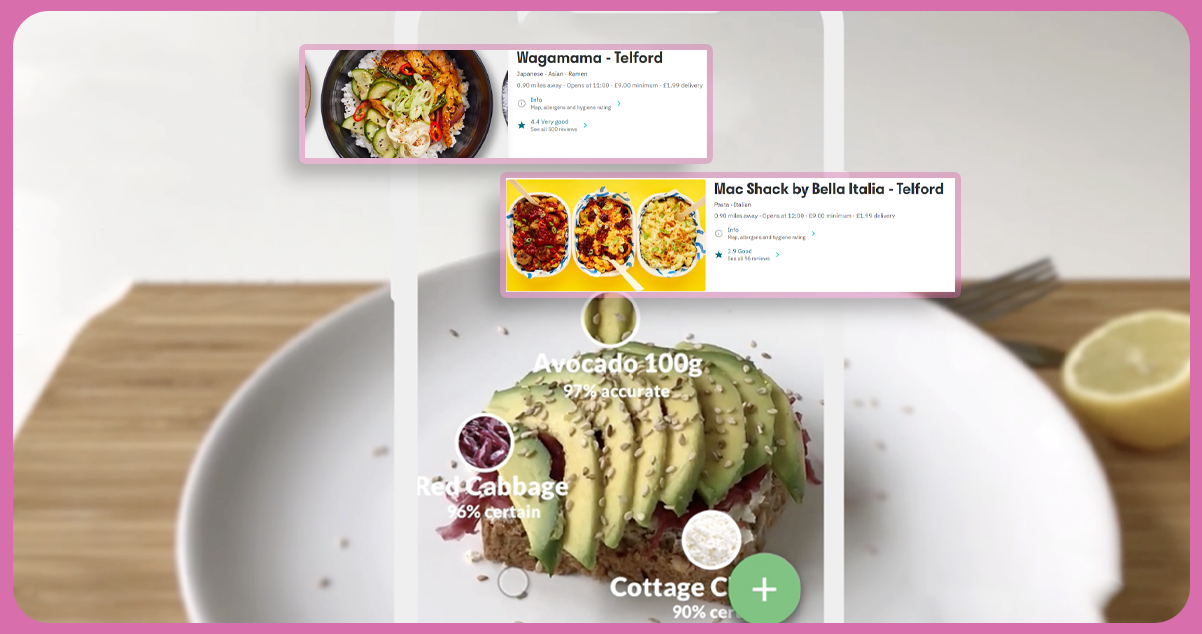
Scraping food delivery data serves various essential purposes. For consumers, it provides real-time access to a wide range of menu options, prices, and delivery times, facilitating informed decisions when ordering meals. It allows individuals to discover new dishes, compare restaurant offerings, and find the best deals. For businesses operating in the food delivery industry, scraping data is invaluable for market research, enabling them to stay competitive by monitoring trends, pricing strategies, and popular menu items. It also supports optimizing delivery services, as accurate and up-to-date data helps in efficient order fulfillment. Overall, scraping food delivery data empowers consumers and businesses by providing a comprehensive and real-time view of the dynamic and ever-evolving food delivery landscape.
To access comprehensive insights, don't hesitate to contact Food Data Scrape. We offer a comprehensive suite of services, including Food Data Aggregator and Mobile Restaurant App Scraping. Our advanced insights and analytics can elevate your decision-making processes and take your business strategies to new heights. Contact us today to unlock success powered by data!
Get in touch
We will Catch You as early as we recevie the massage
Trusted by Experts in the Food, Grocery, and Liquor Industry







